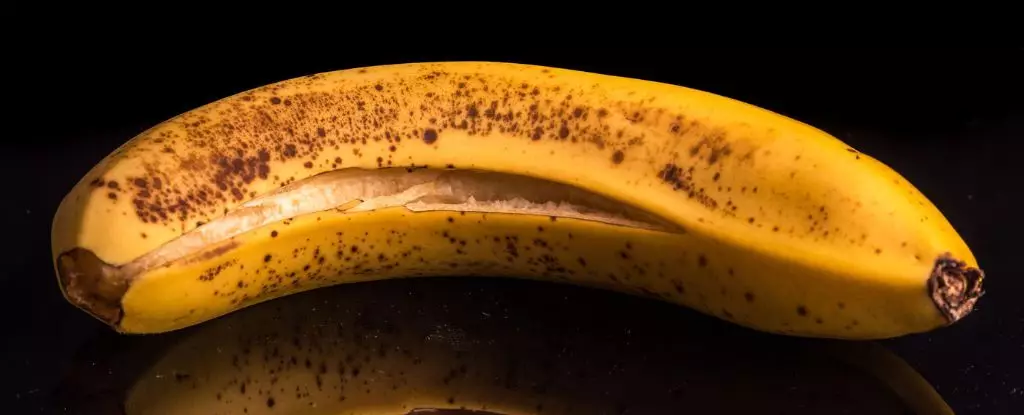In the culinary world, the banana peel is often dismissed as mere waste, discarded without a second thought after enjoying the fruit’s sweet flesh. However, recent studies reveal that this seemingly useless byproduct is, in fact, a nutritional powerhouse that can enhance our diets significantly. With a growing focus on sustainable eating and reducing food waste, it’s high time we reconsider our approach to banana peels and recognize their potential as a valuable ingredient in our kitchens.
Innovative Research Findings
A groundbreaking study has shown that when banana peels are treated—specifically blanched, dried, and ground into a fine flour—they can serve as a remarkable additive to baked goods. The taste tests conducted during the research indicated that cookies made with banana peel flour were as pleasing to the palate as those made using traditional wheat flour. This revelation opens the door to a host of possibilities, inviting both chefs and home bakers to experiment with this versatile ingredient.
Nutritionally, banana peels pack a punch. They are rich in fiber, minerals such as magnesium and potassium, and contain a wealth of antioxidant compounds known to fight inflammation and potential cancer. This addition not only enhances the nutritional profile of baked goods but also proves to be beneficial in combating typical dietary deficiencies. However, the key lies in the ratio; while small amounts of banana peel flour contribute positively, excessive use can compromise texture and appearance, leading to darker, denser products.
The environmental implications of utilizing banana peels are also significant. With statistics showing that approximately 40% of a banana’s weight consists of its peel, it is disheartening to think about the volume of waste generated when these nutrient-rich coverings are thrown away. Incorporating banana peels into our diets can thus be seen not only as a health-conscious choice but also as an ethical one, aimed at reducing food waste and promoting sustainability.
Despite their traditional neglect, banana peels lend themselves to a variety of culinary applications beyond cookies. For instance, innovative chefs have utilized them in savory dishes. Renowned food writer Nigella Lawson has experimented with banana peels in curries, while the vegan community has discovered exciting ways to transform these peels into delicious alternatives, such as bacon and pulled pork substitutes. The savory potential of banana peels appears quite promising, encouraging culinary adventurers to think outside the box and try incorporating this ingredient into main dishes.
The appeal of cooking with peels extends beyond just bananas. Similar insights have surfaced regarding other fruits, such as mangoes, where their skins have demonstrated the ability to enhance flavor and antioxidant levels in various dishes. The culinary landscape is ripe for exploration, with the potential to elevate our everyday meals while making better use of food resources.
Additionally, the antioxidant and antimicrobial properties of banana peels may play a role in prolonging the shelf life of certain products. This aspect holds significant promise, opening avenues for further study and application in food preservation techniques, possibly leading to less spoilage and waste in our kitchens.
The next time you peel a banana, let it serve as a reminder of the bounty often overlooked in our kitchens. Banana peels, once seen as waste, are bursting with nutrients and culinary potential that deserve a place in our diets. Whether blended into baked goods, transformed into savory dishes, or used as a nutritional booster in various recipes, the integration of banana peels into our cooking practices can revolutionize our approach to food.
In embracing this nutritional revolution, we not only improve our diets but also make strides toward a more sustainable food system. The humble banana peel is a testament to the notion that sometimes, the most valuable ingredients come from the places we least expect. So, the next time you’re ready to discard that peel, consider the hidden potential it holds—your body, and the environment, might just thank you.


Leave a Reply